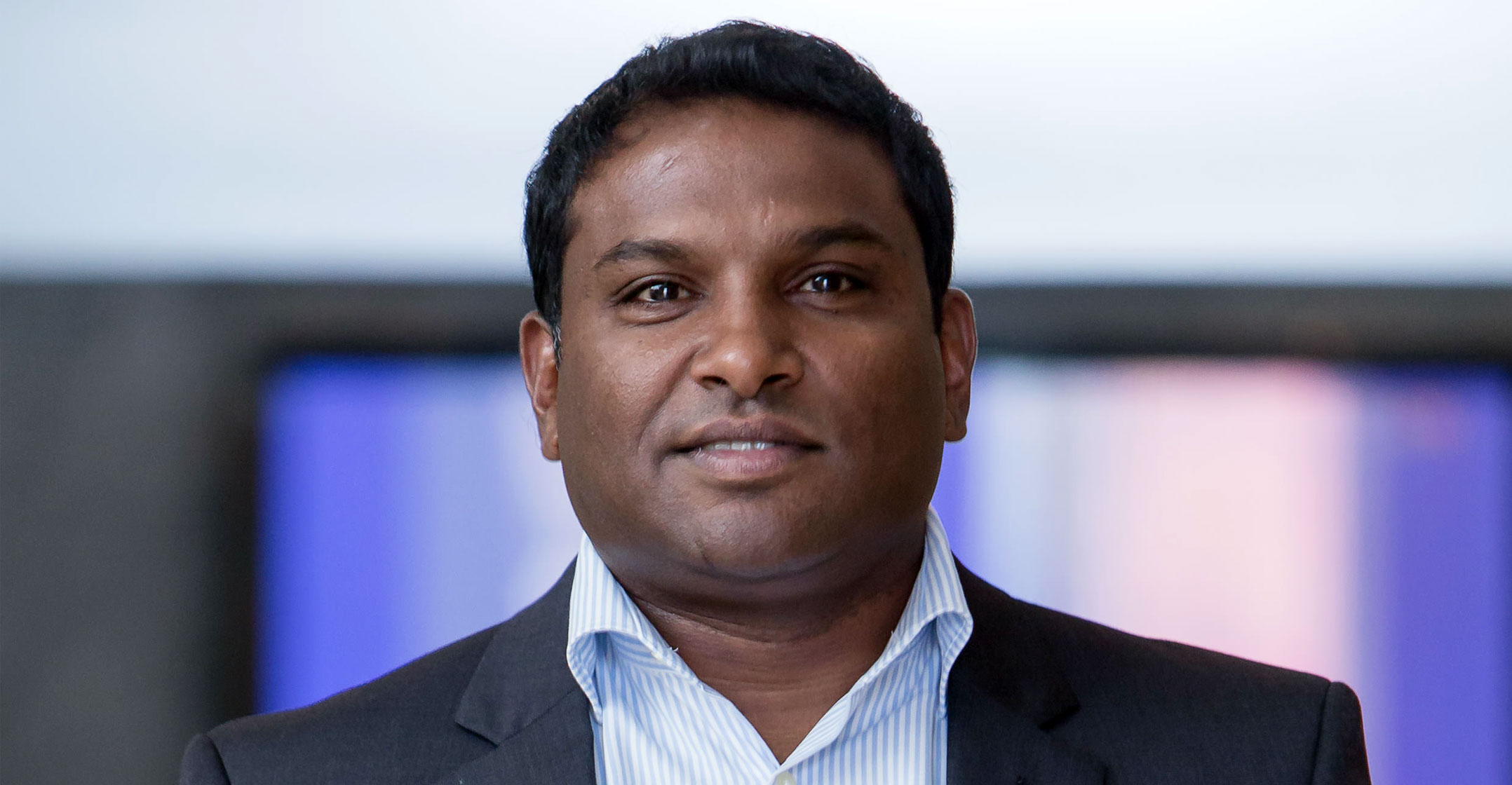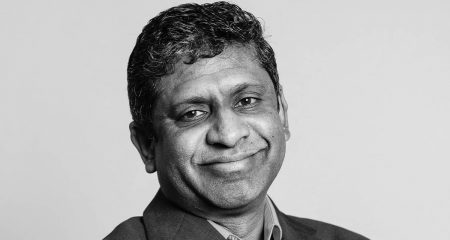
Dark Fibre Africa sees fifth-generation (5G) wireless broadband networks as a big growth opportunity as the infrastructure needed to power these networks will require extensive fibre backhaul to connect a much denser network of base stations.
DFA CEO Thinus Mulder said on Thursday that 5G networks could be about eight to 10 times as dense as older-generation networks, with many more high sites needed to provide access to end users. “The mobile operators don’t see it as that high, but there will be densification (of their networks).”
The company, he said, is in a strong position to provide the connectivity to these sites given the capacity in its network and its extensive fibre network footprint in urban areas, where 5G will be rolled out first.
Mulder said DFA is working with South African mobile operator customers — he didn’t name them — to develop 5G deployment strategies. It does not, however, have plans to roll out wireless infrastructure of its own.
He revealed that the company’s fibre network — which it began deploying more than 10 years ago — now has an asset value of R9.7-billion. He said it costs the company between R700 and R800 per metre on average to deploy fibre, with 70% of that cost in labour. “It is expensive… To enter this market, you need strong shareholders behind you and (to be able to) raise the debt to do that,” he said.
“Every ring we have built has five to 10 base stations connected to it,” Mulder said. “It makes sense for (the mobile operators) to connect (more high sites) onto those rings (for 5G).”
Many of the new 5G sites will be “small cells” rather than large base stations and many will be used to provide in-building coverage.
When DFA was established in 2007, its focus was exclusively on provided backhaul to mobile operators’ high sites. This remains the biggest part of its business.
However, it has since expanded into providing both fibre-to-the-business (FTTB) and fibre-to-the-home (FTTH) broadband infrastructure. Its controlling shareholder, the Remgro-owned Community Investment Ventures Holdings (CIVH), recently announced it had acquired 34.9% of FTTH network operator Vumatel, and is in exclusive talks to buy the remaining 65.1%.
Acquisitive
DFA has been acquisitive itself, buying Conduct Telecommunications, a business fibre provider, in 2014 (from the same shareholders who started Vumatel) and it invested in FTTH specialist SA Digital Villages in 2016.
“We were really late into that market (FTTH) and battled to the make the business case work,” Mulder said. “It took us a while to convince ourselves and our shareholders that we could actually do it.”
The model has since begun to prove itself. Mulder believes as many as 2.5m homes could eventually be connected to fibre in South Africa — taking it way beyond the “leafy suburbs” where infrastructure providers focused their attention first. SA Digital Villages, for example, is “testing the affordable income housing segment” with a project with a large property developer. “We are expecting uptake similar to the leafy suburbs,” he said.

Even Vumatel’s plan to focus on townships — it will soon begin rolling out a network in the impoverished township of Alexandra, north of Johannesburg, providing uncapped broadband for R89/month — could work, Mulder said. “If you look at the business case … it can work if you can keep your capex investment low enough.”
The company has also invested in an Internet of things network through subsidiary SqwidNet, which is the local partner for French IoT specialist Sigfox. “We see significant growth in that market in the future. It’s still early days, but the pipeline is growing nicely. All forecasts and analyst reports show significant growth (in IoT).”
DFA acting chief strategy officer Vino Govender said SqwidNet’s network now has 85% population coverage.
Would it make sense for DFA to seek a listing on the JSE at some point? “That’s something shareholders will decide,” Mulder said.
“It depends what their liquidity requirements are (but) debt funding is in place — a mix of banks, development finance and institutional investors. We have raised enough capital through the debt-funding structure. I’m not saying a listing is impossible, but that’s a shareholder decision.” — © 2018 NewsCentral Media




